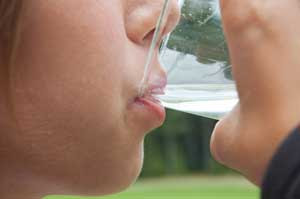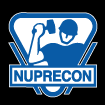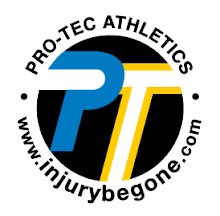We've all seen some pretty dramatic collisions on the pitch. Occasionally, it results in a player being down on the field for a while. I'm sure most of you have heard of the Zackery Lystedt Law, passed in the last legislative session. It concerns youth sports head injuries. Here's a quick synopsis of the law and it's implications for coaches and Eastside FC.
The legislation was an amendment of Washington state law pertaining to liability of school districts with respect to injuries on school premises involving district employees or entities under contract with the district, RCW 4.24.660. The amendments may be viewed, for the time being, at this location.
The primary elements of compliance include:
- Proof of insurance related to soccer injuries in the minimum amount of $50K for bodily injury or death for one person, $100K for two or more persons.
- Proof of such insurance before first use of the school district’s facilities.
- A statement of compliance with the policies for management of concussion and head injury in youth sports.
- Adoption of guidelines and other pertinent information and forms to inform and educate coaches, youth athletes, and their parents and/or guardians of the nature and risk of concussion and head injury including continuing to play after concussion or head injury.
- On a yearly basis, a concussion and head injury information sheet must be signed and returned by the youth athlete and the athlete's parent and/or guardian prior to the youth athlete's initiating practice or competition.
- A youth athlete who is suspected of sustaining a concussion or head injury in a practice or game shall be removed from competition at that time.
- A youth athlete who has been removed from play may not return to play until the athlete is evaluated by a licensed health care provider trained in the evaluation and management of concussion and receives written clearance to return to play from that health care provider.
- The health care provider may be a volunteer. A volunteer who authorizes a youth athlete to return to play is not liable for civil damages resulting from any act or omission in the rendering of such care, other than acts or omissions constituting gross negligence or willful or wanton misconduct.
Washington Youth Soccer's page on concussion, including parent/player release forms and other materials can be found here.
More on Health-Fitness
Nutrition for the Soccer Athlete
Preventing ACL Injury
The Importance of Hydration
Sniffle sniffle cough cough














































